Why Labels Are So Important When Organizing
It is no secret around here that making labels is among my very favorite DIY projects. Whether it’s cutting them from vinyl with my Cricut or printing them out on my home printer, this final step in my tried-and-true organizing process genuinely brings out the geeky giddiness in me. And not just because of the way they look. I honestly take the time to make labels for most of the bins, baskets, and containers throughout our home because they serve three very important functions in both creating AND maintaining an organized home for the long-term. If you perceive labels as over-the-top or for the Type As of the world only, hear me out…because they might very well be the missing link for the order you’re so craving in your home!
What are Labels?
Labels are nothing more than a descriptor for a particular item. They can be really specific (e.g., “Nutmeg” on the spice jar full of nutmeg) or general (e.g., “Office Supplies” on a basket containing pens, staplers, and notebooks). Labels can be words, numbers, letters, or even pictures and symbols; and they can be as basic as handwriting on a Post-It Note or as complicated as vinyl cut with a Cricut. The main goal with a label is that when you see/read it, you instantly know what the item is or what’s contained in a particular bin or basket.
Print Then Cut Labels with a Cricut
The Three Important Functions Labels Provide
No matter where you put them, what they say, or how you make them, labels serve three very important purposes in home organization…
1 – Labels Identify What Items Are
At a very basic level, labels identify what items are when it might otherwise be unclear.
For example:
- In a pantry of identical storage containers, labels help you distinguish between all purpose flour and Bisquick or couscous and quinoa.
- In a hardware box full of screws, labels identify which ones are #8s and which ones are #10s.
- In a closet full of shoeboxes, labels show which one holds your flats and which one holds your sneakers.
These types of identifiers are usually only necessary when you have lots of versions of same/similar items and it’s not easily or immediately understood what is what.
2 – Labels Identify Where Items Are Located
Similarly, labels help identify where items are located, especially when it’s not overtly obvious. This is best exemplified by shelves full of bins or baskets. At a glance, you likely will not be able to quickly and easily find the basket holding the play blocks or the storage bin of Christmas lights. But a label with a block on it or a tag saying “Christmas Lights” will both instantly point you in the right direction.
Easy Printable Label Templates
If you are the person in your household who puts everything away (and therefor knows where everything is), you might be inclined to think such labels aren’t necessary. After all, you know exactly which bins hold the blocks and the Christmas lights. But the presence of labels can actually take the onus off of you, and provide everyone in the household (and even guests!) the capability of finding exactly what they are looking for, whenever they need it. A well-placed, clear label communicates to everyone precisely where items are, so they don’t have to come ask you!
Additionally, in the event someone can’t find something on their own, a label helps you point them in the right direction. When a child asks where a particular toy is, you can easily say, “Find the bin with the picture of a toy block.” Not only will they be able to find the items easily, but over time they will begin to find them on their own.
3 – Labels Remind You Where Items Go Back
These two previous point are somewhat obvious functions for labels, but I’d like to highlight one more often-overlooked role of labels in our homes: they serve as the ultimate accountability partner.
One of the most challenging aspects of organizing a home is keeping it that way. Sure, finding a dedicated place for every item is half the process, but training yourself to actually put those items back in place after you use them is the other (and more important) part of organizing.
Labels serve as that not-so-gentle reminder of where things are supposed to go. So instead of just putting an item near or kinda or around where you first found it, a label will sit there (almost mocking you!) reminding you precisely where it’s supposed to go.
And when you take the time to actually put items back where they belong, two wonderful things happen:
- You maintain a tidier home over time.
- The next time you go looking for an item, it will be right where it’s supposed to be!
My best example here is labeling drawer organizers. When you put things on top of the labels…you don’t see the labels, right? In this instance, the label isn’t telling you what items are or even where they are located.
But then think about after you use the stapler and go to put it back. While you might be inclined to just toss it in the drawer wherever it lands, a label will show you exactly where it’s supposed to go. So instead of items falling back into disarray over time, you will be able to maintain your organization day-in and day-out.
In essence, labels are the key to keeping up with your organization systems long term!
Are Labels Always Necessary?
There’s a running joke among my extended family about how much I label things: “If it doesn’t have a label on it, how will you ever be able to find it, Megan?!?” And while I do tend to use labels more than most, I don’t necessarily label everything (I swear!)
To me, the key in determining if a label is necessary lies in the obviousness of either 1) the item itself (e.g., flour versus Bisquick) or 2) the way in which it’s stored (e.g., ten identical baskets on a single shelf).
If you (and everyone who lives with you) can easily see, identify, find, AND put back a specific item, it likely doesn’t need a label. But if anyone in the home can’t easily see, identify, find, OR put back a specific item, then a label might indeed be the missing link to creating AND maintaining a successful organization system!
Deciding What to Put On Labels
Once you determine a label is necessary in a particular scenario, your next decision is what to actually put on the label. For most situations, single words/short phrases, pictures, or numbers are most commonly used.
Words & Phrases
By far, the easiest and most intuitive descriptors to put on labels are going to be single words or (very) short phrases. Ideally, you want to pick words that succinctly describe what is contained in that specific jar, bin, basket, or shelf and doesn’t leave any room for interpretation. Words and phrases are most ideal when the person accessing the item can read.
Pictures
Picture labels are my preference in kid spaces (e.g., playrooms, bedrooms) for non-readers or in situations where it’s just plain fun or stylish to use an icon instead of a word. The trick with using a picture is identifying one that accurately reflects the item it’s labeling and is immediately recognizable. While I’ve found that kids learn to associate a picture with whatever is in a basket (whether it logically correlates or not), adults will have an easier time in a space if the pictures make sense.
Print Then Cut Labels with a Cricut
Numbers
When a bin or basket holds a variety of items that can’t easily be described with a succinct word or picture, sometimes numbers can be just what you need to distinguish one bin from the next. Numbers work especially well for assigning baskets to certain family members or very broad household categories.
Deciding How to Make Your Labels
Finally, I want to quickly chat about what you should make your labels out of. These days, there are tons of types of labels ranging from handwriting on cardstock or stickers to intricate labels cut from vinyl with a cutting machine.
When I am deciding how exactly to make labels for a particular item, I mainly focus on how easily I need them changeable. After all, organization systems tend to be fluid (they are rarely “set and forget”) so being able to change your labels as your systems do will ensure your setup keeps functioning just right!
Quick Change
There are some items in a household that can change fairly regularly. Examples include pantry items (maybe you stopped buying couscous for a while and are now buying quinoa), kid’s clothing sizes (as they grow and you purge), and even toy categories (as their play evolves.)
When you want to be able to change/update labels easily, I usually recommend handwriting (e.g., dry erase, washi tape, or chalkboard labels) or printing from a label maker. These options can be un-done and re-done in mere minutes, which means you are much more likely to have accurate labels on your items at all times.
More Permanent
On the other hand, if you have collections that rarely change (like how your craft room or linen closet or holiday decor is organized), making “fancy” or decorative versions can usually be justified. Since these labels don’t need to be updated on a regular basis, you can try more advanced techniques such as cutting out adhesive vinyl, gold foiling, and laminating!
My Favorite Ways to Make Labels
If I now have you convinced that labels are indeed the key to maintaining your organized home, here are my favorite follow-on tutorials to check out next:
- My Favorite Tools and Supplies for Making Gorgeous Labels
- Easy Printable Labels with Your Home Printer
- How to Make Vinyl Labels with a Cricut
- How to Make Printed Labels with a Cricut
- How to Make Iron-On Labels with a Cricut
So tell me…where do you fall on the labeling wagon? Label all the things? Nary a thing? Or somewhere in between? If you’ve never fully embraced the concept of using labels in your home, I hope this post gives you the encouragement to start. I suspect you’ll find they really are a powerful part of creating and maintaining a tidy home!
Megan


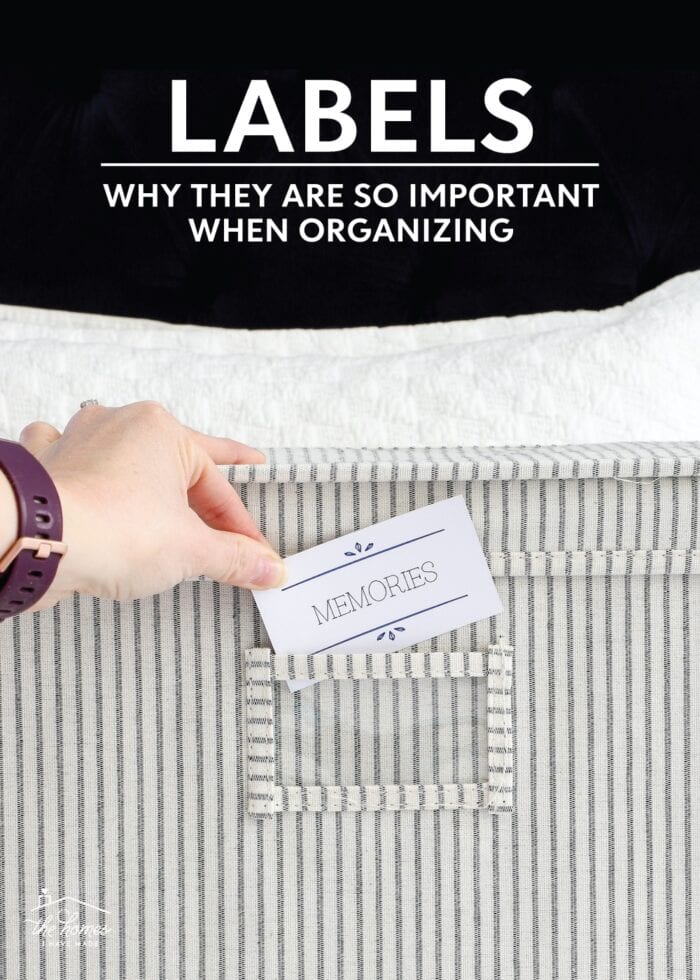
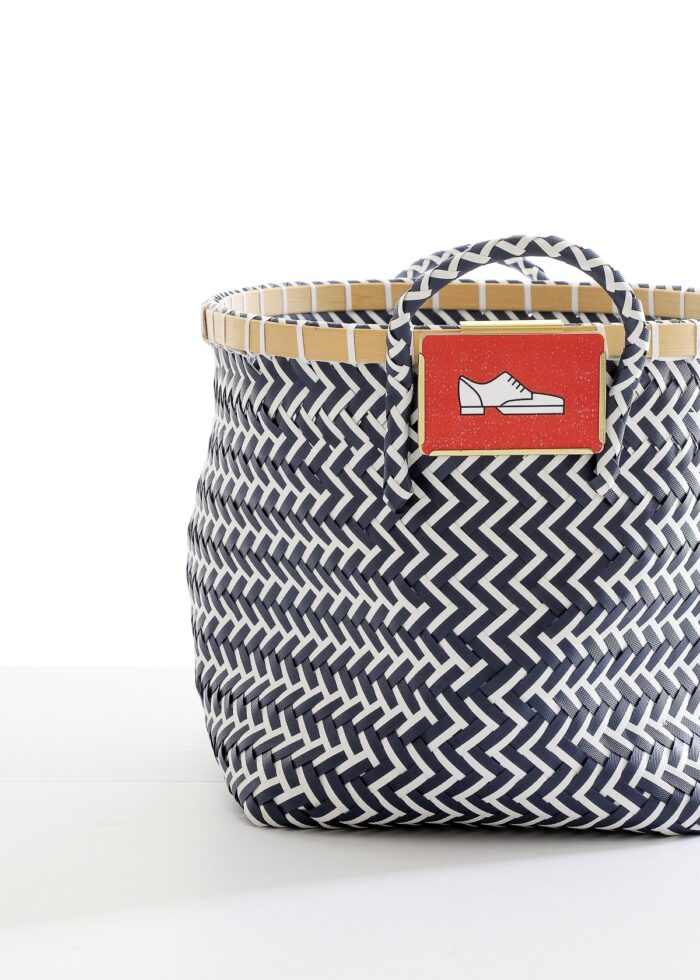
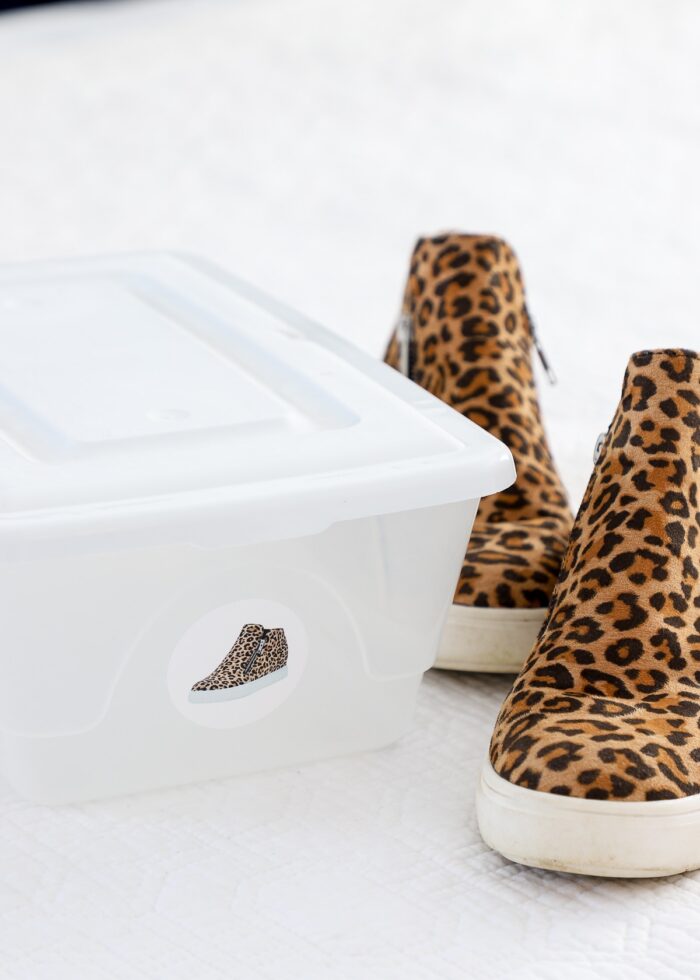
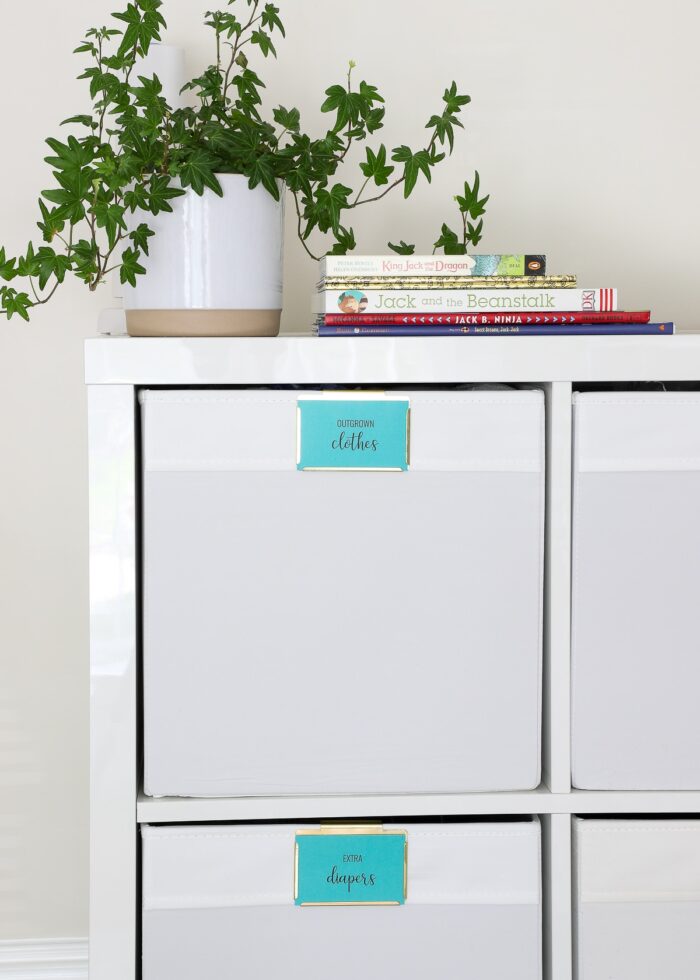
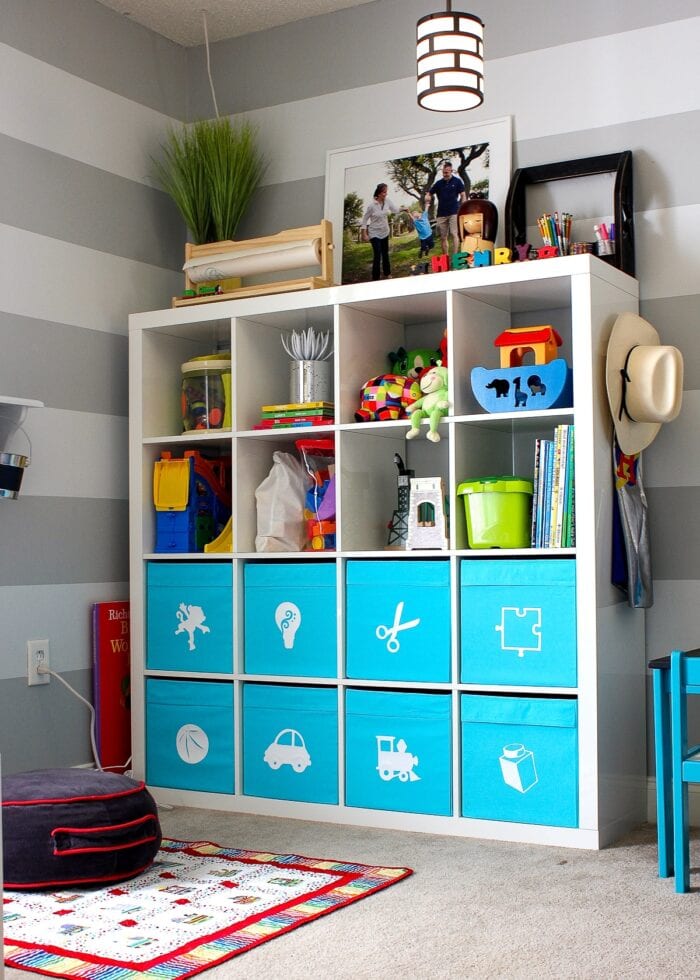
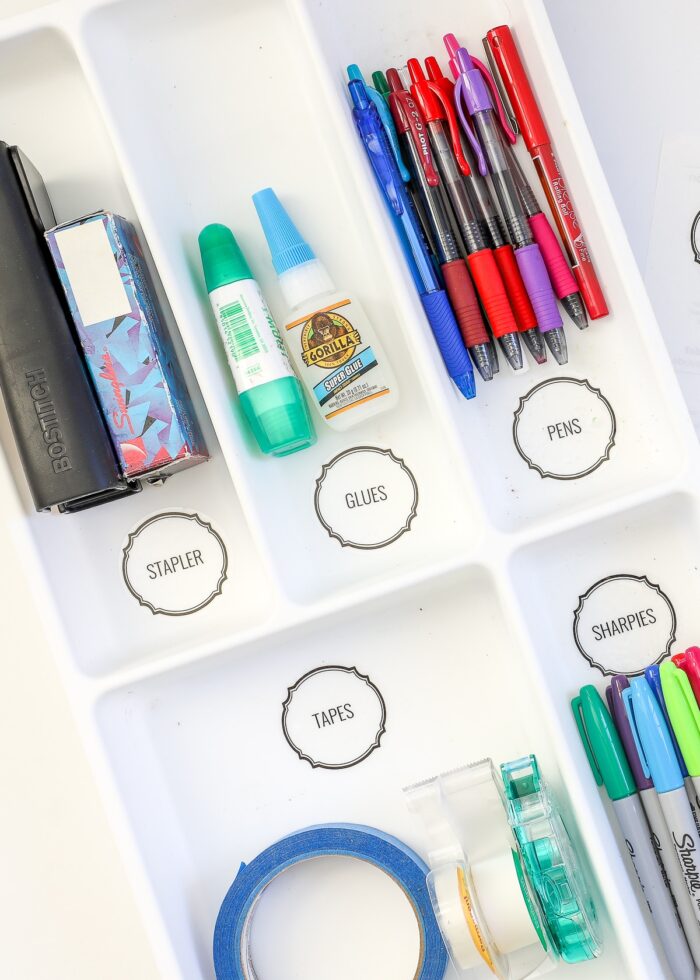
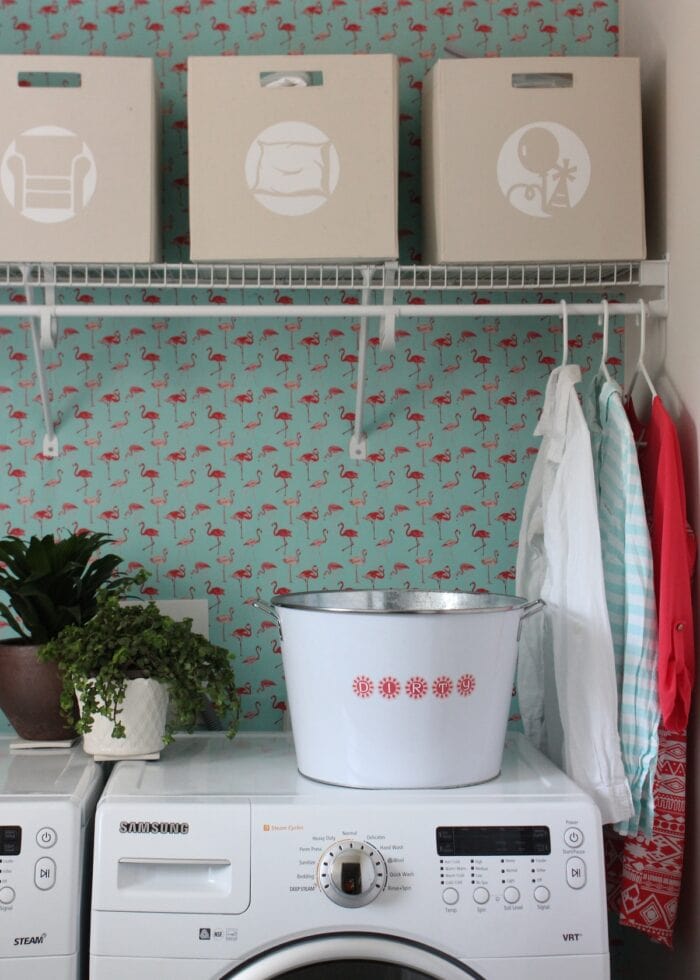
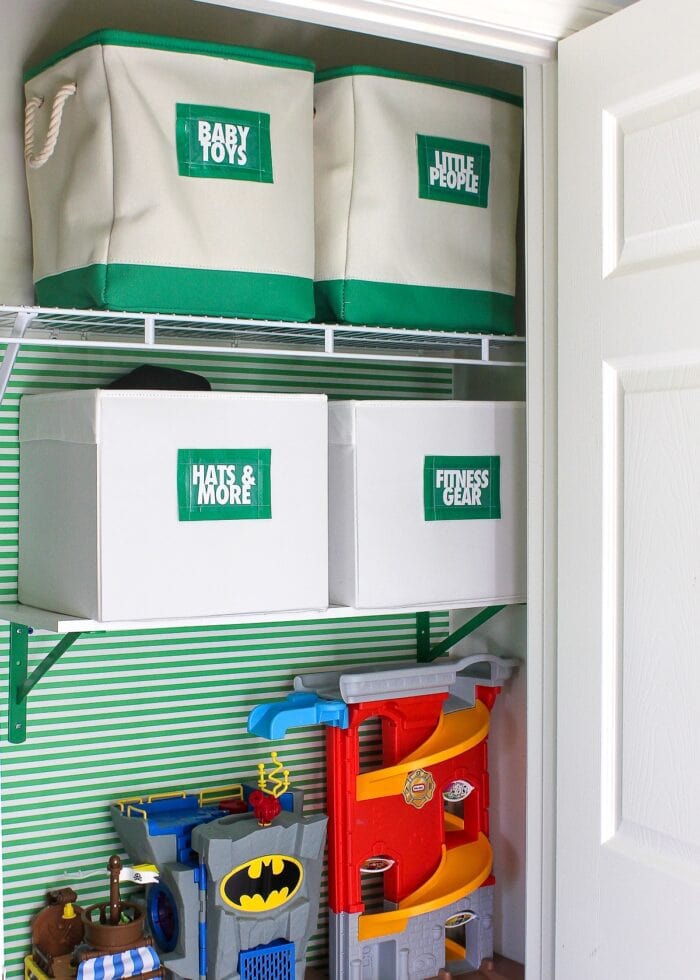
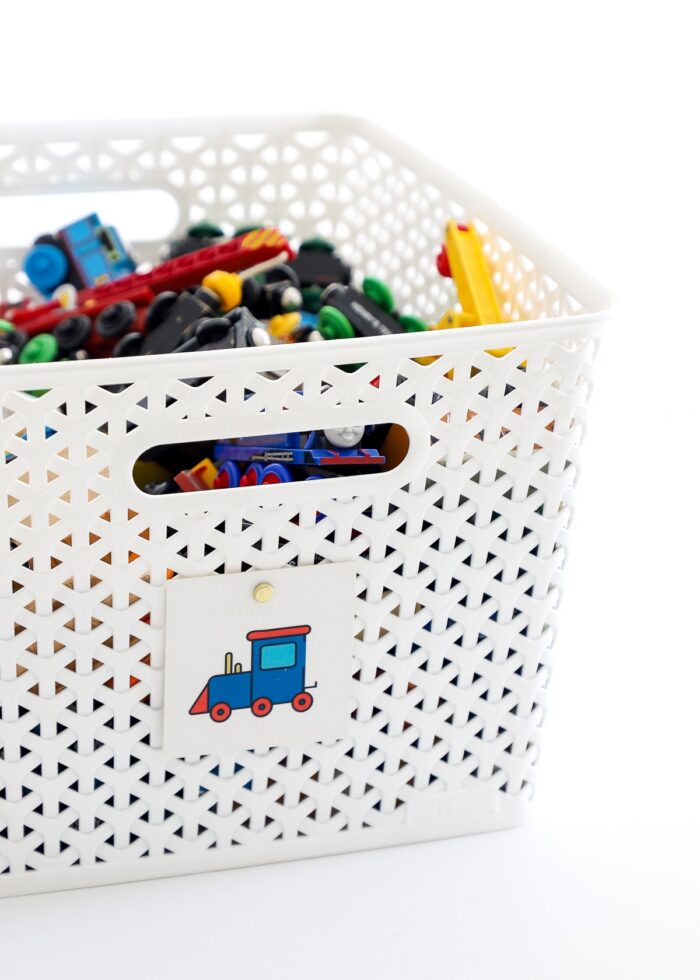
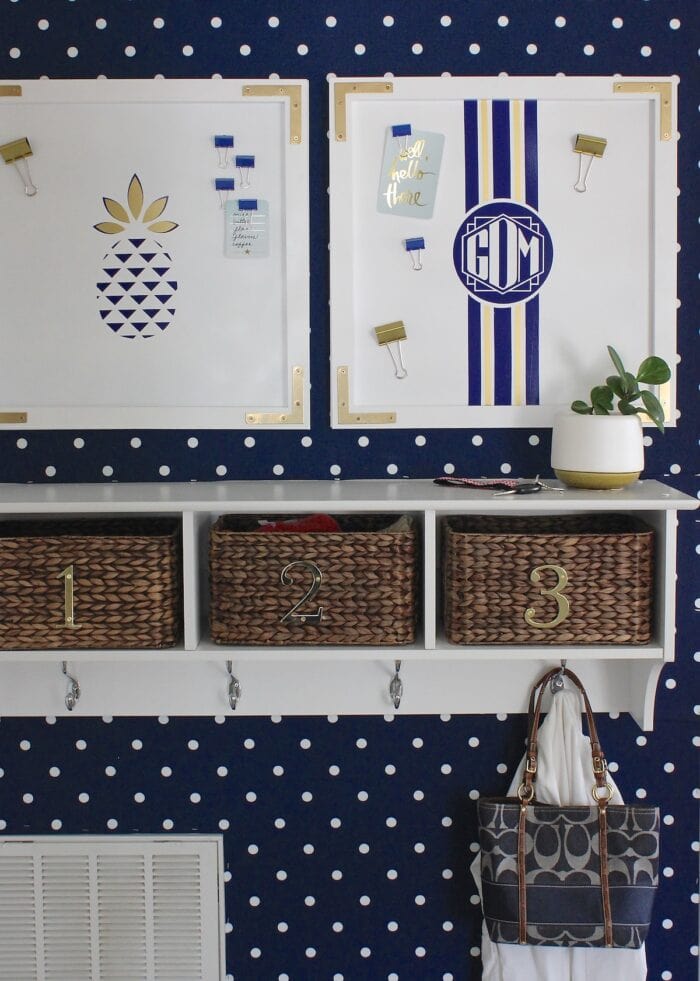
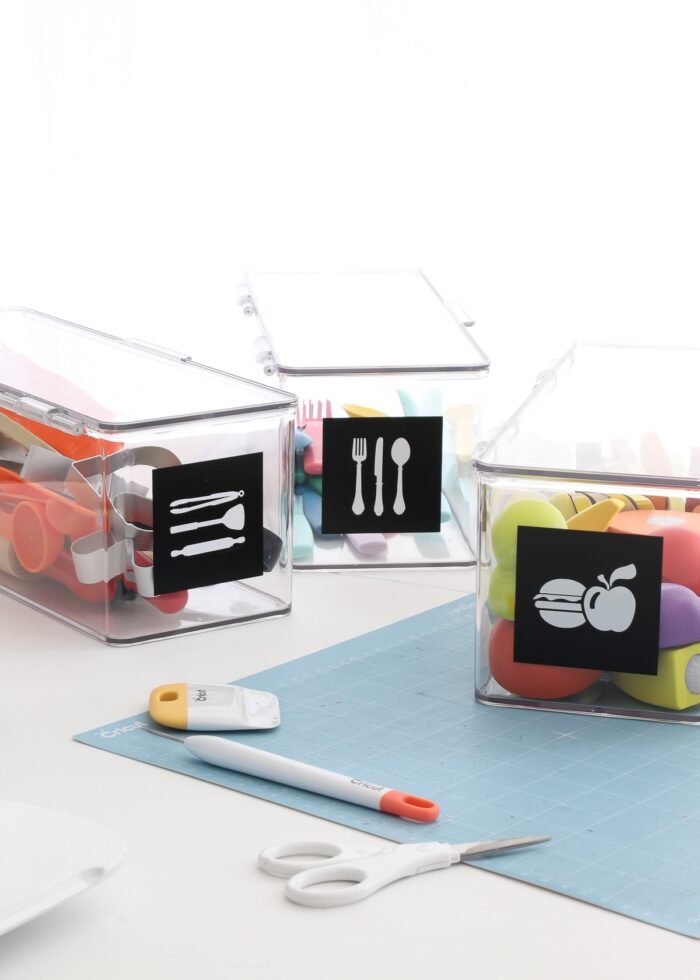
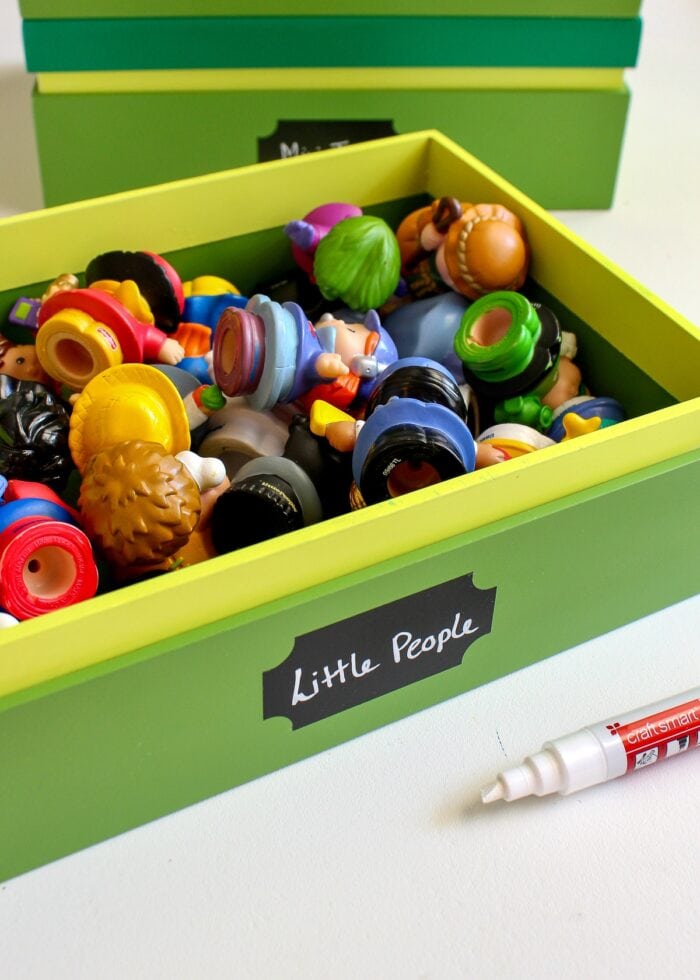
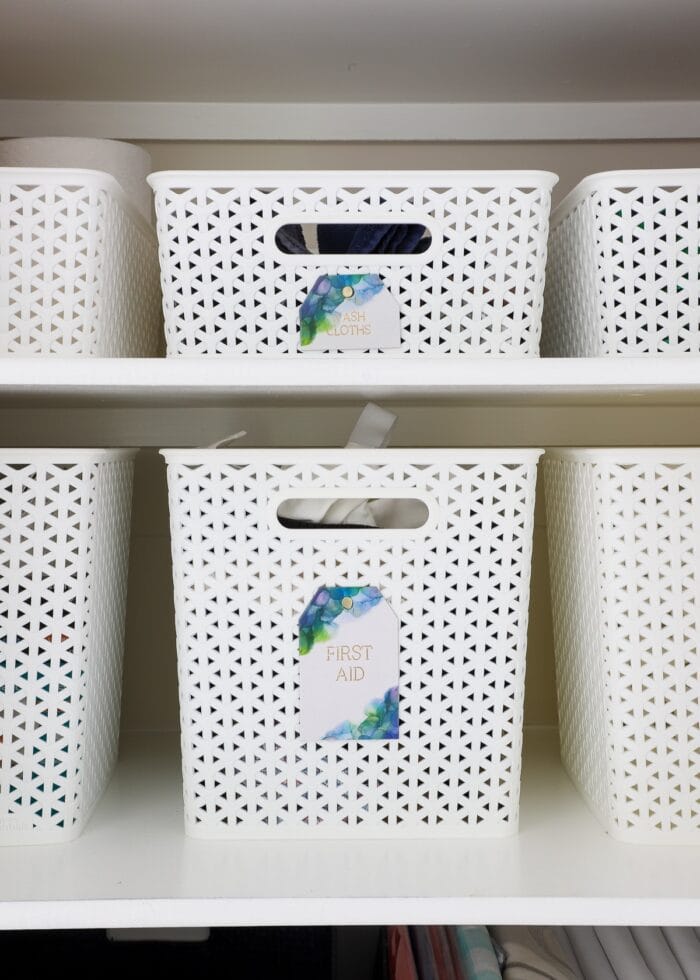
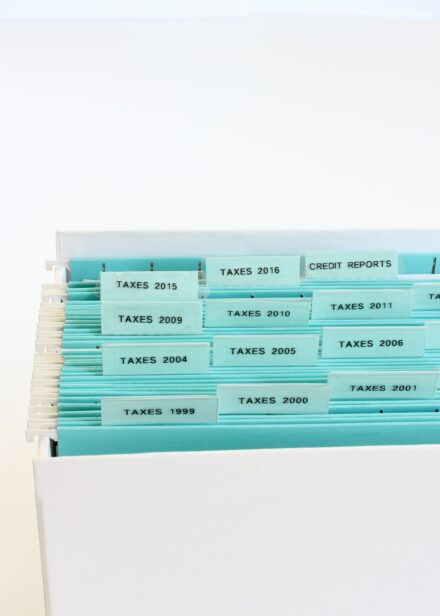
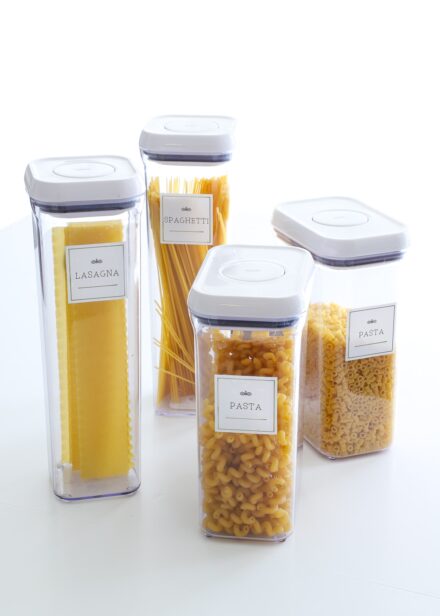
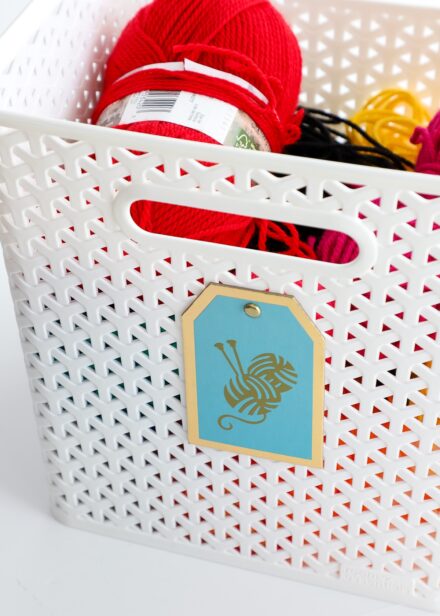
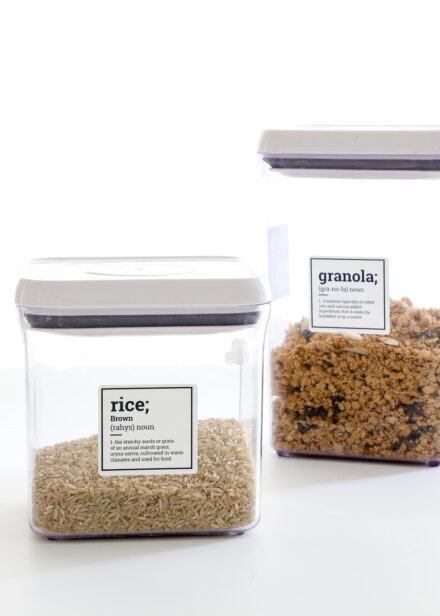
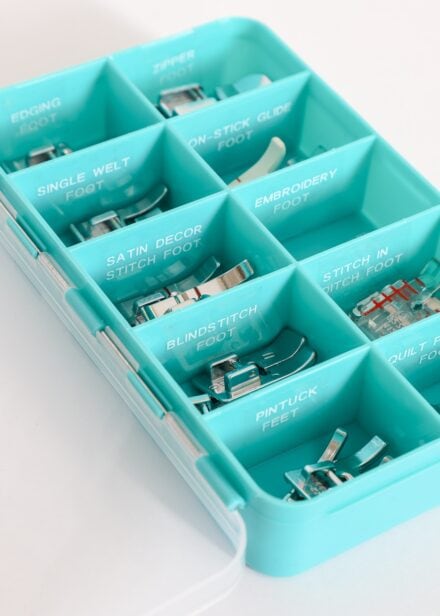
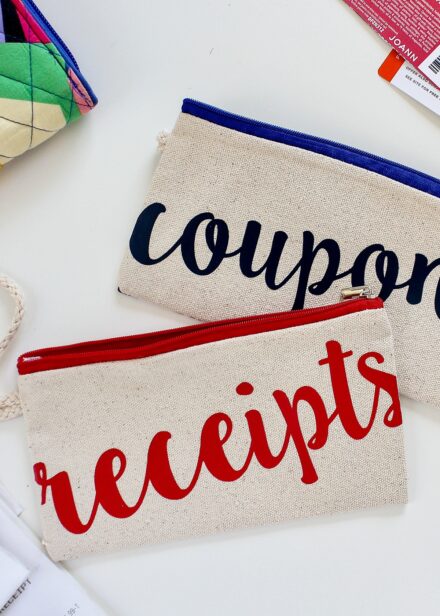
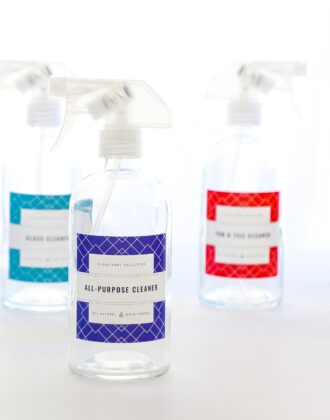
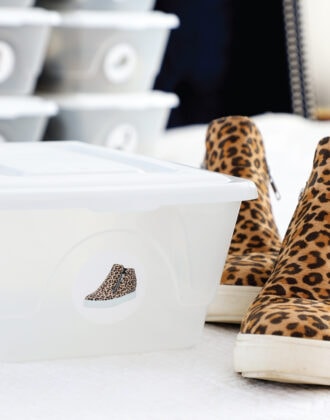
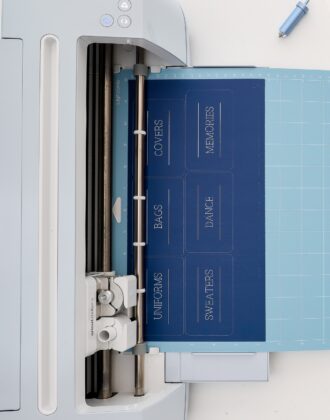
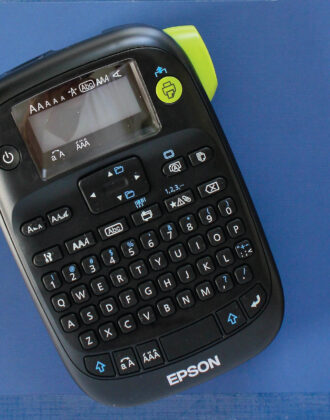

6 Comments on “Why Labels Are So Important When Organizing”
Best hiding system in the world is unlabeled identical baskets….
Must remember to label my containers right away, not as I get around to it. Right now , although everything is sorted, I still have to search for scrapbooking tools…..
Wish me luck!
Ha – isn’t that the truth! (This part: Best hiding system in the world is unlabeled identical baskets)
Yes – the labeling right away IS the tough part – make sure you check out my Sunday newsletter this week to see how I do it with Post-It notes as a temporary solution!
Thanks!
Megan
Yes!!! This says all the things o believe in one handy place. I love this post -thanks Megan!
You are most welcome, Sarah!
I love knowing someone else out there loves the labels the way I do, lol!
Happy Monday!
Megan
Hi Megan, do you have any recommendations or keyword lists for playroom/toy labels? I find myself struggling with items that are similar in a box, but can’t quite be identified by the same word.
Hi Katie!
I actually don’t – but that struggle is real, so that’s a great idea for a follow-up post.
I completely understand what you mean. I’ve had to get creative and think outside the box on some things.
Two things to keep in mind:Consider simplified synonyms – for example, Transforms are technically Robots, so a Robot symbol is on our basket of Transformers. We had a million Little People vehicles, but the most obvious was the school bus, so I used a School Bus to represent all the Little People stuff.Like I said in my post, the kids will learn to associate any picture with the contents inside. So as long as it “loosely” makes sense, they’ll get it too!Hope that helps a bit!Megan
P.S. If there’s a set of toys that you just can’t think of something that makes sense, let me know and I can brainstorm!